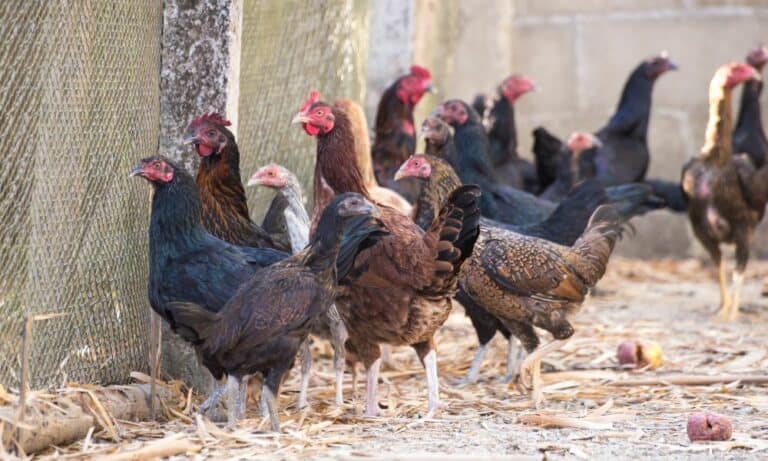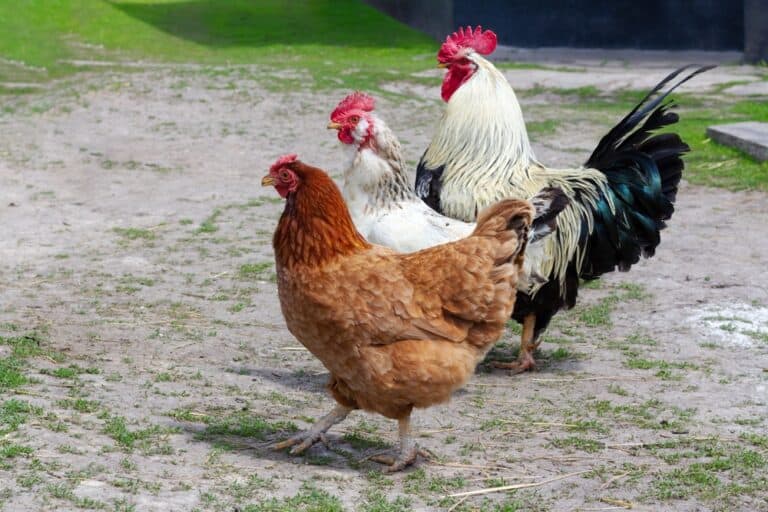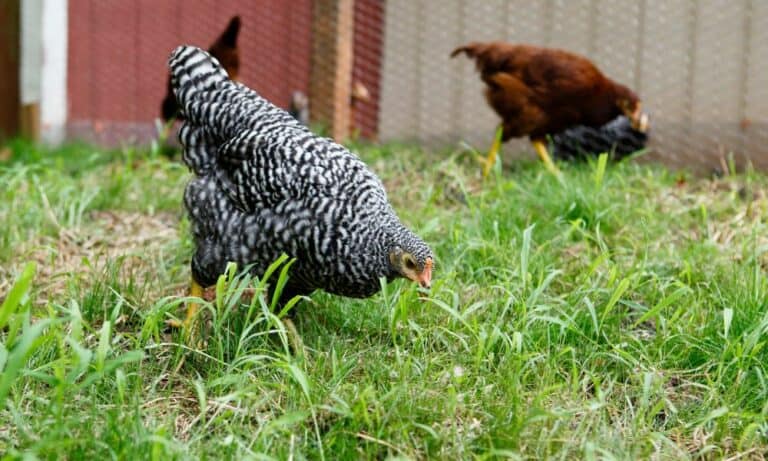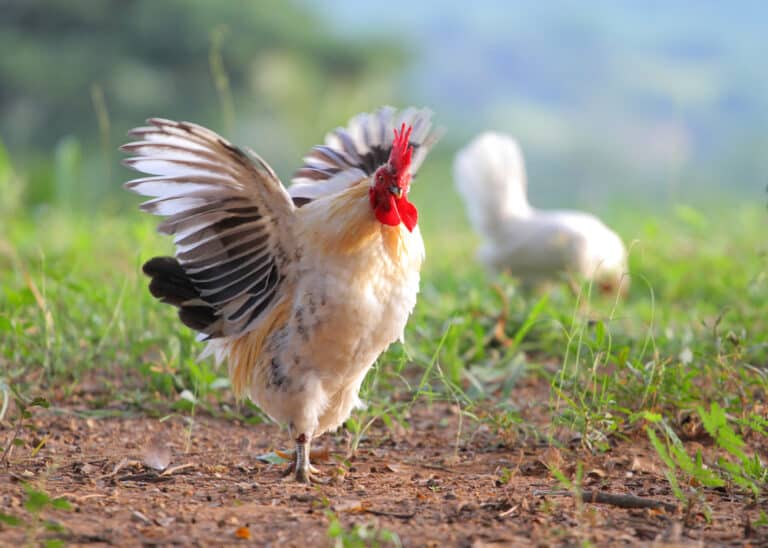Raising chickens doesn’t have to be difficult and in this article that’s all we are about; teaching you how to raise chickens.
To raise chickens properly, picking out the desired breed and providing the proper housing conditions is the first point of call, this includes installing elements like the chicken coop, brooder tank, bedding, and nest boxes necessary for the chickens’ survival. Also, you must follow the proper chicken care for feeding, drinking water, and warmth.
Here, we have compiled the proper steps to help you navigate this process to get the most out of this experience.
A Beginner’s Guide to Raising Chickens
Chicken raising requires structure and a carefully thought-out process that you must follow if you hope to get the best results. Thankfully, here we have your best interest at heart and have included all you need to know about these processes and how to apply them at every point.
1. The Purpose Determines the Chicken Breed
Before you go any further it is important you realize that deciding on the chicken breed you intend to raise is the first thing you want to consider when learning how to raise chickens. Your purpose for raising chickens will many times determine the breed.
Among the different reasons people raise chickens, here are four of the most popular ones
- Raising chickens for meat production
- Raising chickens for egg production
- Raising chicken for egg and meat production
- Raising chickens as pets
Folks looking to raise chickens to get fresh eggs should consider selecting breeds like the Australorps and Plymouth Rocks because they are capable of laying as many as 280 – 300 eggs yearly. Breeds like Orpington and Cornish Cross are best for meat production however, they can also serve as a source of fresh eggs.
Some people choose to raise chickens as pets, and if you fall under this category, you should ensure you pick a breed that is friendly and docile. From experience, we’ve found that the best chicken breeds to keep as pets are the Jersey Giants and Speckled Sussex.
If keeping chickens for pet purposes is your aim, you need to also know that hens are generally preferred to roosters as pets because roosters tend to get angry and jealous easily. It is best to have mixtures but more hens for other uses since they are more productive.
2. Make Proper Housing Arrangements for the Chickens
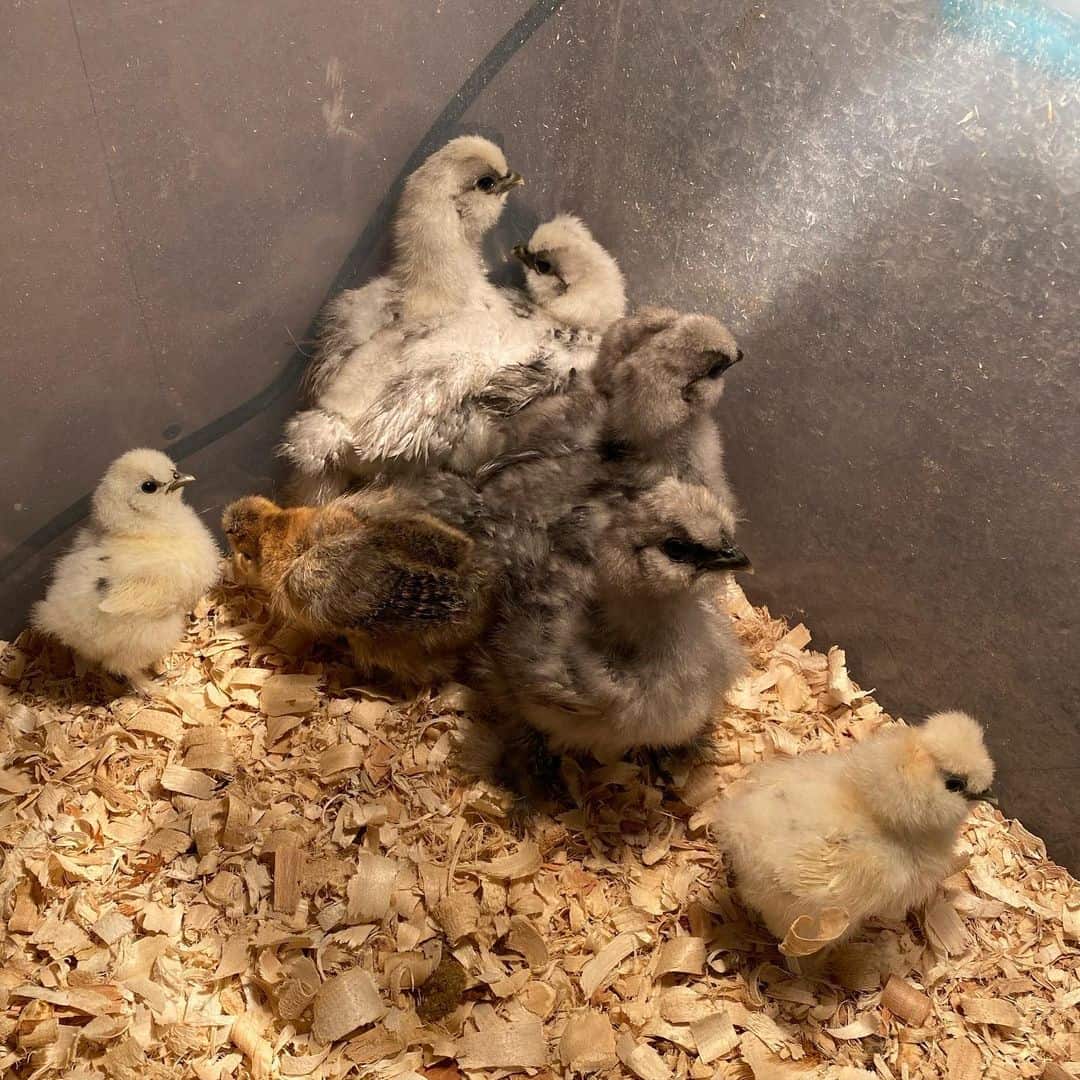
Another important thing to consider when raising chicken is chicken housing arrangements. A chicken’s house is called a coop, this is where you keep the chickens you want to raise and other essential tools required to aid this process.
The coop must be large enough for the number of chickens you hope to raise and comfortable enough so this setting can protect your flock from external threats like predators and bad weather conditions.
N.B: You can buy or build your chicken coop, you need to get a good one, and we advise that you also consider fencing for whichever option you choose.
Additionally, we wouldn’t advise that you confine your chickens to their coop; backyard chickens need to be free so they can have their dust bath, a natural practice that helps chickens get rid of mites and stay healthy.
If however, you decide to keep them confined in a coop, you can create a space within their environment for the dust bath. The coop, in this case, must be a space not smaller than 10 square feet for each chicken.
We also recommend that you build this coop near you because predators like foxes, raccoons, or weasels looking for a quick snack may decide to grab one or more of your chicks as food.
Once the coop structure is ready, there are several other essentials you must put in place. Here are some of these coop essentials:
-
Brooder Tank
You must get a brooder tank for chickens to stay in; this would also hold the food and water for the chicks. This gives the chickens a controlled space within the coop for warmth.
N.B: Your brooder tank may be a stock tank (metal or plastic) or a kiddie’s pool.
Furthermore, there are beginner poultry kits that come with brooder kits that you may want to adopt to make things easier. Although some chicken farmers opt for cardboard boxes as a brooder tank, we do not recommend this, due to the likelihood of fire hazards associated with cardboard boxes.
You should also note that there are times when you can use a brooder tank without having a coop, but this is only when you are raising baby chicks. Bigger chickens need more space making a coop necessary.
-
Bedding/Litter
Bedding/Litter is compulsory for every brooder. The essence of this element in your brooder tank is to ensure the safety of your chicken and aid in easy cleanup. It also helps your chicken secure proper footing in the nesting boxes, limiting injuries for the chickens and dirt.
The brooder tank must be littered with bedding at least half an inch away from the flooring. Since there are different bedding options to pick from, knowing what bedding suits your purpose for raising chickens is important before proceeding to invest in one.
What is Bedding?
Bedding refers to the poultry litter scattered around a chicken coop so flocks can scratch and rest comfortably. The most common litter option is wood shaving however, not all of these wood shavings work well as litter.
Pine shavings are the most preferred litter because they take in excess water and waste while giving your chicks extra footing and preventing spraddle.
Spraddle results from a wet brooding area, making it hard for the chickens to stand inside the brooder. While pine shavings are the most preferred, some people opt for cedar shavings, which is not advisable because of the harsh scent and high cost.
Alternatively, you can use sand as litter; they may require more maintenance but last longer in the long run. You can also consider using straw and hay from farms as litter due to their comfortable springy texture.
Shredded leaves are also an option, but you should know they retain moisture more than the other bedding materials, which means more maintenance if you go with this option.
Ideally, it is best to change these beddings every 2-3 days while considering the number of chickens you have and the size of the brooding tank. Any delay will lead to the chicks pecking at the dirt that would have accumulated in the bedding.
-
Perch and Nest Boxes
Naturally, chickens tend to perch high, which is a survival tactic for chickens in the wild to protect themselves from predators. We recommend adding a perch or two to your coop to ensure your chickens feel comfortable.
You should also consider nest boxes in the coop if you have laying hens, and for such chickens, it would be best to fix their perch right above their nesting boxes. These nest boxes are safe and protected spaces where hens can lay eggs, and you should consider having one for every three chickens.
Additionally, these nesting boxes should not be smaller than 2 square feet to allow for comfortability. These boxes should also be easy to clean and disinfect and layered with the proper shavings so that nothing harms your hen or her eggs.
3. Provide Adequate Chicken Care
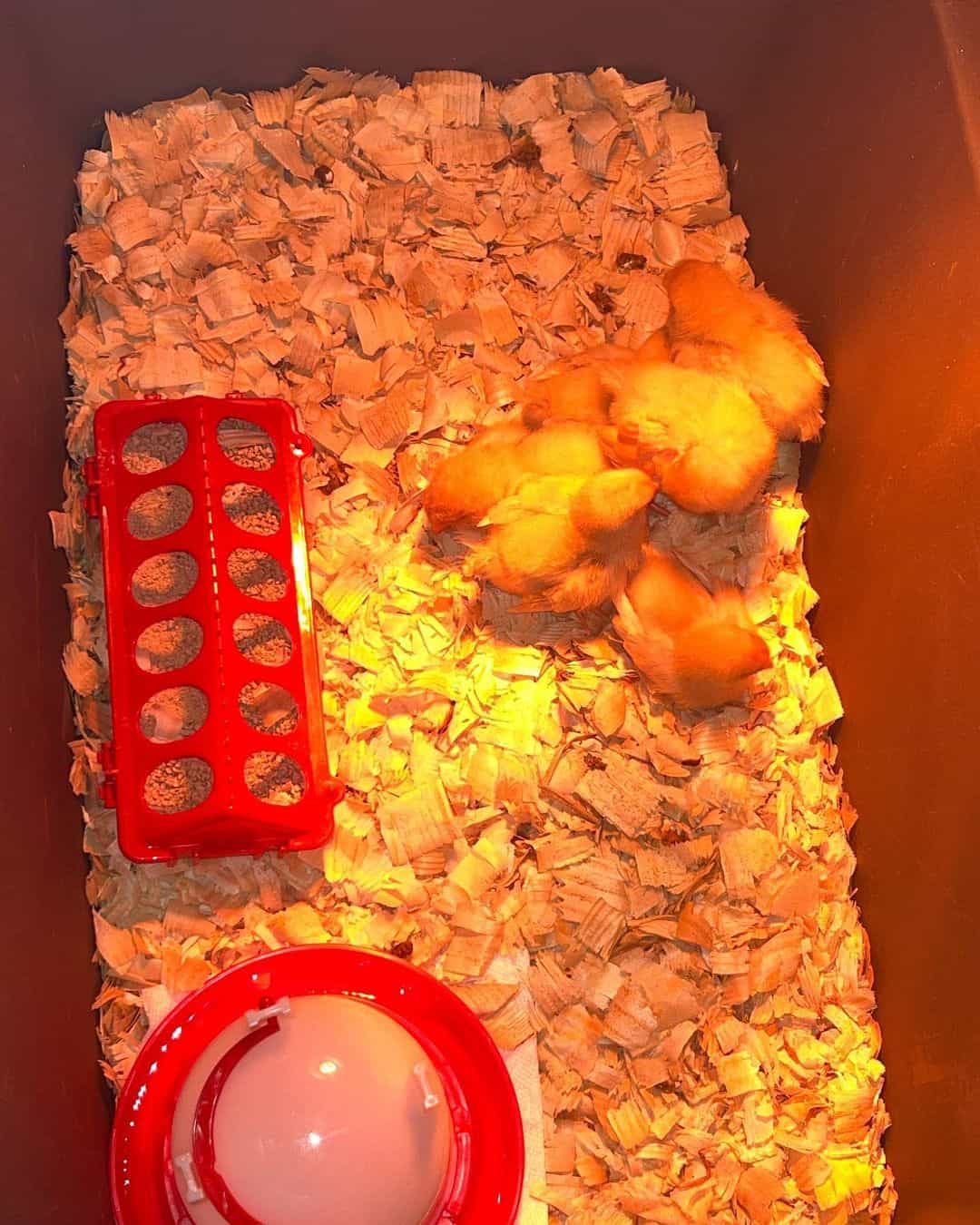
Asides from creating a convenient environment for your chicks, there are other necessities you must provide if you want these chicks to thrive. These elements must be in the chicken coop and you should monitor them regularly.
-
Food
Raising chickens, especially little ones, requires you to invest fully in chicken feeds packed with essential nutrients like protein, vitamins, and minerals because these nutrients will help these chicks grow stronger and healthier.
We recommend that for the first six weeks, you place chicks on a starter feed of 18 – 20% protein, then from the sixth to eighteenth week, a more extensive grower feed of 16-18% protein, and finally, the eighteenth week, chickens upward should have a layer feed of 16% protein.
The important fact to note is that the nutrients these chickens need depend on their ages, so you should ensure that you provide suitable feed for your chickens. For instance, laying hens need constant calcium, so you may want to incorporate crushed oyster shells into their diet for healthy bones and hard egg shells, then consider grits to aid digestion.
For chickens allowed to roam free, they can perch on grit from their surroundings; however, if your chickens rarely leave their coop, you need to add the grits to their feed.
Chicken feed should always be in a clean chicken feeder or a bowl, not too high so the chickens can reach their meal. You must also ensure that the chicken feeder is wide enough for more than one chick to feed from.
Furthermore, we advise placing the chicken feeder around the heat lamp and water. This increases the chances of the chicks having more meals anytime they want water or warmth.
-
Heat
Chickens are relatively delicate animals making it compulsory that you provide a source of heat inside the coop so they stay comfortable. You can achieve this using heat lamps if there is no access to sunlight, and it is best that you place this lamp on only one side of the coop, leaving the other part colder so your chickens can adjust to the temperature.
The heat lamps are particularly necessary if you are raising baby chicks because these breeds have a soft layer with light feathers, and until they grow to a certain level, they will need all the warmth they can get.
It would be best if you also considered putting a bulb inside the coop, and we advise using a red light to protect the chicken’s eyes. Also, the recommended temperature for chicks below two weeks is 90 – 95 degrees. As they grow older, you may reduce the temperature by five degrees.
To monitor the temperature, you can use a thermometer inside the brooder to measure the area where you put the heat lamp to know how your chickens are faring. It is best that you pay attention to the behavior of your chickens.
If you notice that the chickens are always around the heat lamp, it means they are cold, and if you find them in the colder part, you know it is time to reduce the temperature of the heat lamp, which you can do by placing the lamp higher in the brooder while monitoring the temperature.
-
Water
The watering system for chickens is one aspect of raising chickens that needs constant attention. This is because these chickens always need water, and every time they drink, they leave behind droppings and dirt in the bowls.
You may invest in a poultry drinker to ensure that your chicken has access to clean water at all times. Interestingly, if you live in a colder region, you can opt for a heated poultry drinker so the water inside does not freeze.
A hen will drink an average of 1 cup of water daily, so you must be available to watch the chickens and refill them when necessary.
3 Tips for Raising Backyard Chickens
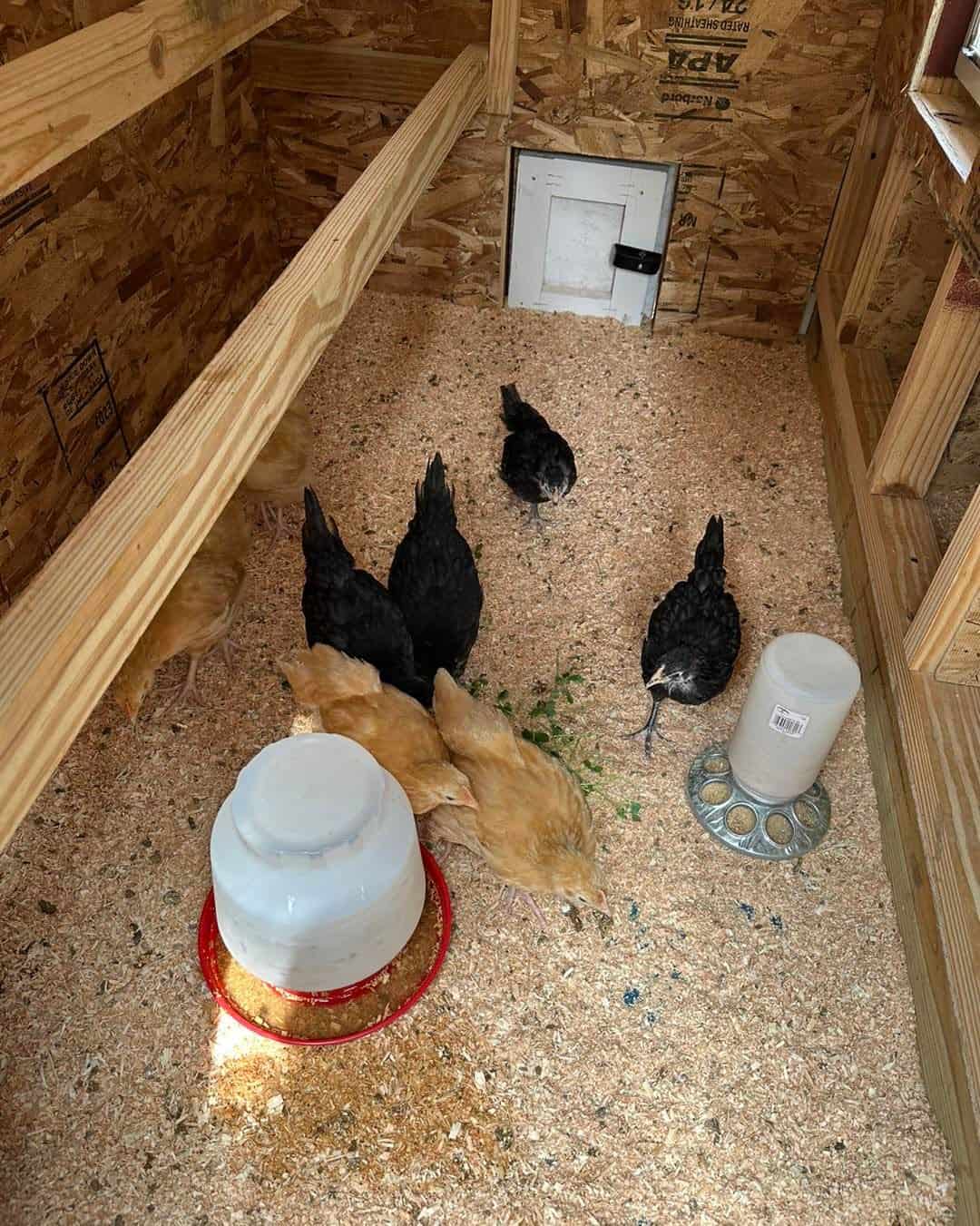
Raising chickens is not very straightforward, so it is best to study as many tips as possible to apply them during this journey. Here are three tips we have for you.
1. Learn Your Local Ordinances
It may surprise you that there are local laws that guide raising chickens that you must follow, like the number of chickens you are allowed to raise. It would help to be familiar with these laws beforehand.
Some laws also favor hens over roosters and require you to confirm your neighbors are aware of the situation.
2. Patience
Do not be in a hurry to make a profit from this process. If you get a hen, wait till the hen is ready to start laying eggs and avoid the pressure of buying multiple chicks because these young ones have a higher death rate.
3. Chicken Feed
It is wrong to assume that chickens can eat anything. Ensure that you provide the right feed for the chicken depending on their age for proper growth. For example, excess apples can lead to digestive problems for chickens.
Final Thoughts
Always remember that the purpose of raising chickens will always determine how you raise them. Here are the common purposes for raising chickens.
- For meat production
- For egg Production
- As pets

